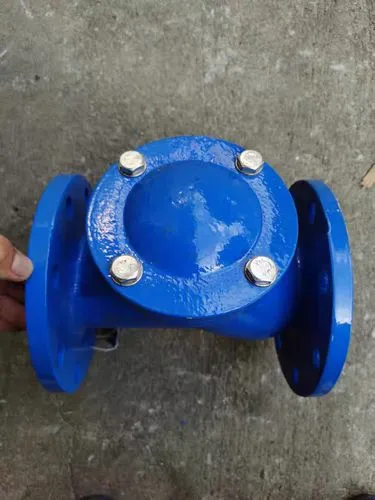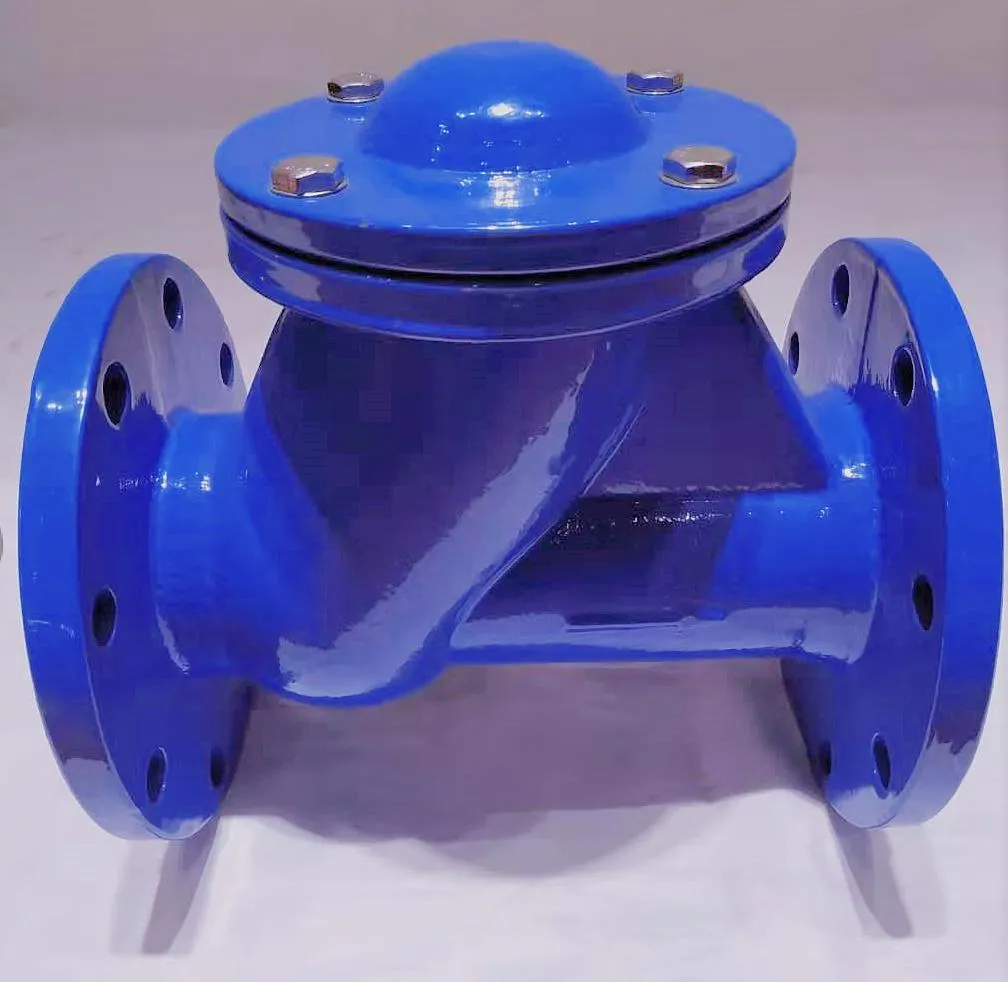जुन . 16, 2025 09:30 सूचीमा फर्कनुहोस्
Bidirectional Flow Challenges in Globe Valve Systems
Globe valves are critical components in industrial fluid control systems, designed to regulate or halt the flow of liquids and gases. However, bidirectional flow—where media can move in both directions through a valve—poses unique challenges. These challenges are amplified in specific variants such as welded globe valves, standard globe valves, large globe valves, and manually operated globe valve manual systems. This article explores the technical complexities of bidirectional flow in these valve types, offering insights into design, operation, and maintenance considerations for industrial applications.

Welded Globe Valve Design and Bidirectional Flow Compatibility
Welded globe valves are engineered for permanent installation in high-pressure or high-temperature systems, where leakage prevention is paramount. Their welded connections eliminate flange-related weak points, making them ideal for critical applications like power plants or chemical processing. However, bidirectional flow introduces challenges in these systems.
The primary issue lies in the asymmetric design of traditional globe valves. Most welded globe valves feature a disc and seat optimized for unidirectional flow. When flow reverses, the disc may not seal properly against the seat, leading to leakage or accelerated wear. To address this, manufacturers design bidirectional welded globe valves with symmetrical disc profiles and reinforced seating surfaces. These modifications ensure consistent sealing regardless of flow direction, though they require precise machining to maintain tight tolerances.
Another challenge is thermal stress. In systems with fluctuating temperatures, welded joints are susceptible to expansion and contraction. Bidirectional flow exacerbates this by alternating pressure loads on the valve body. Advanced finite element analysis (FEA) is often employed during the design phase to simulate stress distribution and optimize weld geometry.
Globe Valve Performance Under Reversing Flow Conditions
Standard globe valves are ubiquitous in industrial settings due to their precise flow control and throttling capabilities. However, their performance can degrade significantly under bidirectional flow. The classic Z-shaped body of a globe valve creates inherent flow resistance, which becomes unpredictable when media direction changes.
In unidirectional setups, the disc closes against the flow, leveraging fluid pressure to enhance sealing. In bidirectional systems, reverse flow can force the disc away from the seat, reducing shutoff efficiency. To mitigate this, manufacturers incorporate dual-seat designs or spring-assisted discs that maintain contact pressure irrespective of flow direction. For example, bellows-sealed globe valves use flexible metal bellows to stabilize the stem and disc, ensuring reliable closure.
Material selection also plays a role. Harsh media or abrasive particles in bidirectional flow can erode valve internals. Hard-faced coatings on discs and seats, such as Stellite or tungsten carbide, extend service life in such environments.
Large Globe Valve Structural and Operational Complexities
Large globe valves, typically defined as those exceeding 12 inches in diameter, face amplified challenges in bidirectional systems. Their size alone introduces structural concerns, such as body deformation under alternating pressures. Additionally, the inertia of massive components like discs and stems can delay response times during flow reversal.
In pipeline applications, large globe valves often handle viscous fluids or slurries. Bidirectional flow in these scenarios risks particle accumulation around the seat, leading to jamming or incomplete closure. Manufacturers address this by integrating purge ports or self-cleaning seat geometries that expel debris during operation.
Actuation is another hurdle. Manually operating a large globe valve under bidirectional flow demands significant torque, especially in high-pressure systems. Gear operators or hydraulic actuators are recommended to reduce user effort and enhance precision.

Globe Valve Manual Operation in Bidirectional Applications
Globe valve manual systems rely on human intervention for adjustment, making them susceptible to operational errors in bidirectional environments. For instance, an operator might misjudge the required handwheel turns to compensate for reverse flow forces, leading to over-tightening or under-sealing.
To improve usability, modern globe valve manual designs incorporate visual indicators, such as position markers or torque gauges, to guide adjustments. Lubricated stem threads and anti-corrosion coatings further reduce friction, ensuring smooth operation even after prolonged exposure to reversing flows.
Training is equally critical. Operators must understand how bidirectional dynamics affect valve behavior, such as the risk of water hammer during sudden flow reversals. Regular maintenance checks—particularly for stem alignment and seat integrity—are essential to prevent failures.
FAQs About Globe Valve Systems
How does a welded globe valve handle thermal stress in bidirectional systems?
Welded globe valves are designed with stress-relief features, such as flexible bellows or expansion joints, to absorb thermal expansion. Materials with high thermal fatigue resistance, like stainless steel, are commonly used to mitigate cracking.
Can a standard globe valve be modified for bidirectional flow?
While some globe valves can be retrofitted with bidirectional seats, retrofitting is not universally recommended. Original equipment designed for bidirectional use ensures optimal performance and longevity.
What are the weight considerations for large globe valves in vertical pipelines?
Large globe valves installed vertically require robust support structures to counteract their weight and dynamic loads from bidirectional flow. Reinforced brackets or flanges are often specified to prevent misalignment.
How often should a globe valve manual be lubricated?
Lubrication intervals depend on operating conditions. For globe valve manual systems in bidirectional service, monthly lubrication is advisable to combat wear from frequent adjustments.
Does bidirectional flow affect the lifespan of a globe valve seat?
Yes. Bidirectional flow increases seat wear due to alternating pressure loads. Hard-coated seats and regular inspections are recommended to maintain sealing performance.
Bidirectional flow in globe valve systems demands careful consideration of design, material, and operational practices. From welded globe valves in high-stress environments to manually operated globe valve manual units, each variant requires tailored solutions to address reversing flow dynamics. By leveraging advanced engineering and proactive maintenance, industries can ensure reliable performance and longevity in even the most demanding applications.
-
Precision Manufacturing with Advanced Spline Gauge DesignसमाचारJul.31,2025
-
Industrial-Grade Calibrated Pin Gauges for Exact MeasurementsसमाचारJul.31,2025
-
Industrial Filtration Systems Depend on Quality Filter DN50 SolutionsसमाचारJul.31,2025
-
High-Performance Gate Valve WholesaleसमाचारJul.31,2025
-
Granite Surface Plate The Ultimate Solution for Precision MeasurementसमाचारJul.31,2025
-
Granite Industrial Tools The Ultimate Guide for Bulk BuyersसमाचारJul.31,2025
सम्बन्धित उत्पादनहरु









